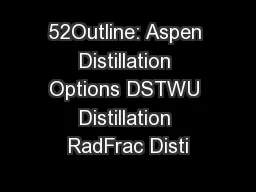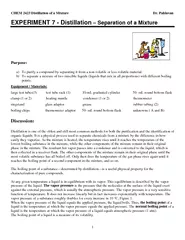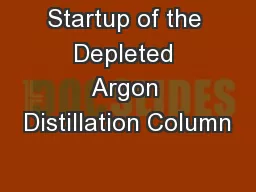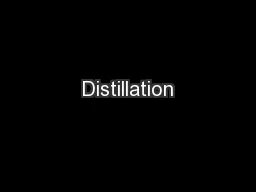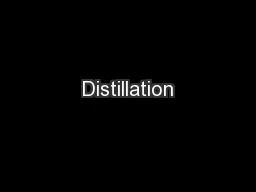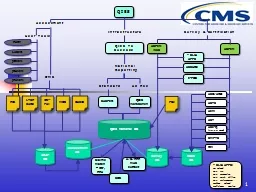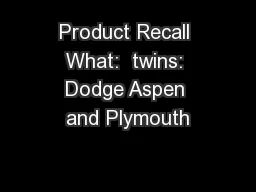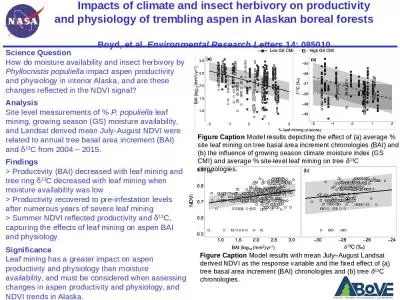PDF-52Outline: Aspen Distillation Options DSTWU Distillation RadFrac Disti
Author : conchita-marotz | Published Date : 2016-05-29
Aspen Tutorial 6 53Table 1 DSTWU Calculation Methods Shortcut Method Calculates For Winn Minimum number of stages Underwood Minimum reflux ratio Gilliland Required
Presentation Embed Code
Download Presentation
Download Presentation The PPT/PDF document "52Outline: Aspen Distillation Options DS..." is the property of its rightful owner. Permission is granted to download and print the materials on this website for personal, non-commercial use only, and to display it on your personal computer provided you do not modify the materials and that you retain all copyright notices contained in the materials. By downloading content from our website, you accept the terms of this agreement.
52Outline: Aspen Distillation Options DSTWU Distillation RadFrac Disti: Transcript
Download Rules Of Document
"52Outline: Aspen Distillation Options DSTWU Distillation RadFrac Disti"The content belongs to its owner. You may download and print it for personal use, without modification, and keep all copyright notices. By downloading, you agree to these terms.
Related Documents

